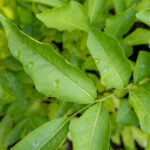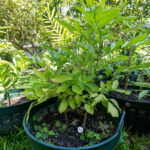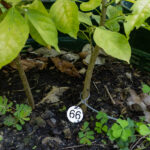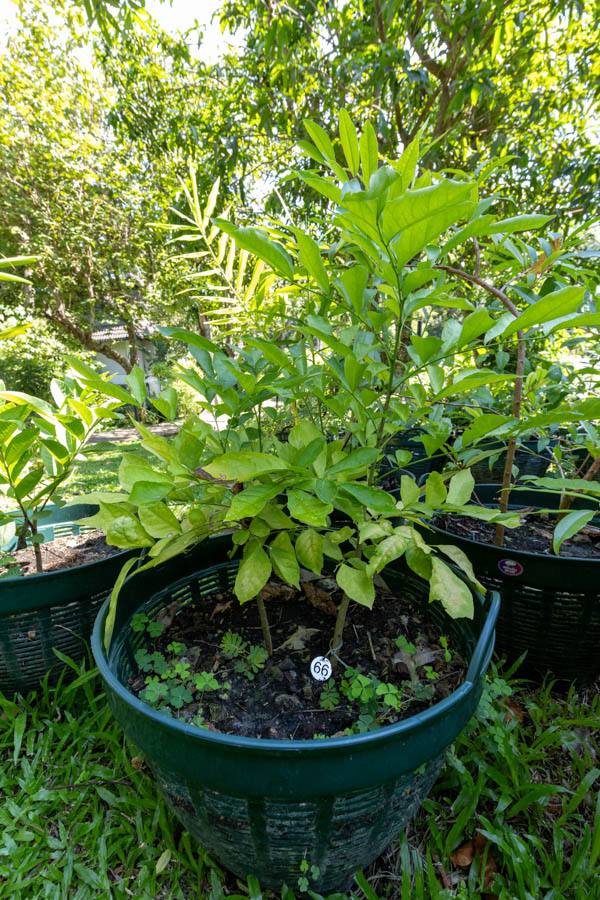โมกใหญ่ (Mok Yai) / Ivory Tree
Family: Apocynaceae
Wrightia arborea, known as โมกใหญ่ or “Ivory Tree,” is a slender deciduous tree common throughout Thailand. It is recognized both for its medicinal bark and for the small white flowers that are often associated with purity and spiritual calm.
Botanical Characteristics
The tree can grow 5–15 meters tall with smooth gray bark and simple, opposite leaves. The flowers are small, white, and star-shaped, appearing in clusters during the dry season. When broken, the stem exudes a milky latex similar to other Apocynaceae family members.
Use in Thai Traditional Medicine
The bark and latex of โมกใหญ่ are used in Thai herbal medicine to treat skin diseases, inflammation, and fever. It is known for its cooling and detoxifying nature, helping to soothe irritation and purify the blood. It is also used externally in poultices to treat wounds and rashes.
Medicinal Compounds
Contains alkaloids, iridoids, and triterpenes known for their anti-inflammatory, antimicrobial, and antipyretic (fever-reducing) properties. The latex has been studied for potential anti-cancer activity and wound-healing enhancement.
Cultural Notes
The name “Mok,” shared by several Wrightia species, is associated with serenity and spiritual cleansing in Thai culture. The tree is sometimes planted in temple gardens and traditional Thai homes for its pleasant fragrance and symbolic purity.
Cultivation Notes
Wrightia arborea prefers full sun and well-drained soil. It grows well in tropical climates and can be propagated from seed or cuttings. The tree is hardy and adaptable, suitable for both ornamental and medicinal garden use.
Disclaimer: This information is provided for educational and historical purposes only. It is not intended as medical advice. Always consult a qualified healthcare professional before using any herbal preparation.




